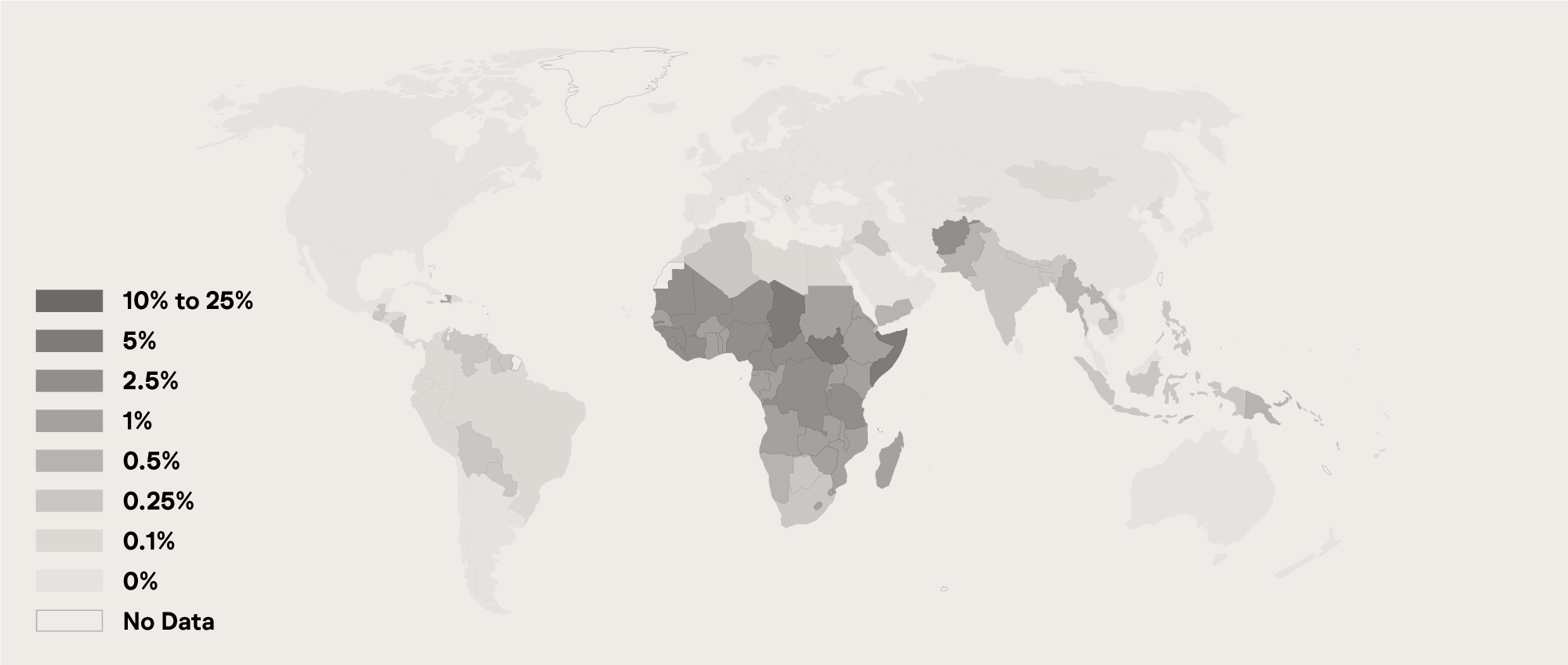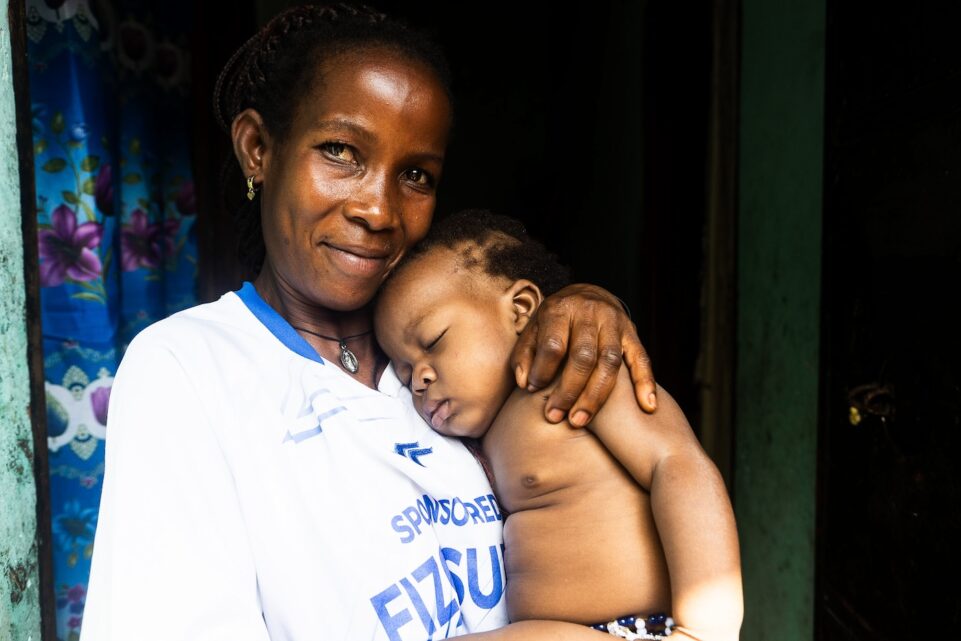Breakthrough Trust works on culture-based change in India, focusing their programs on girls and boys aged 11 to 24. They partner with the government and help redesign school curricula to include material on gendered violence, as well as running mass media campaigns to reach a large audience. Their annual demonstrated impact includes:
- Transforming gender norms by working in 13 districts and 4 states within India, including Haryana, Uttar Pradesh, Jharkhand, and Delhi/NCR.
- Collaborating with state governments in Punjab and Odisha and education departments to embed a gender lens into the middle school curricula and train teachers and school leaders to build gender sensitivity.






